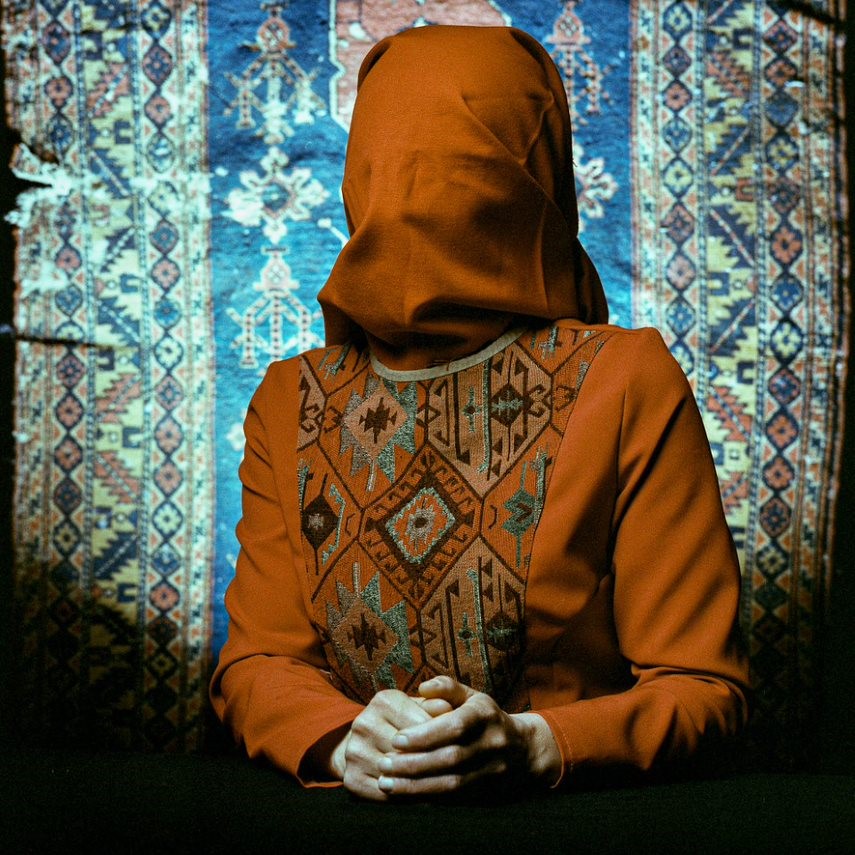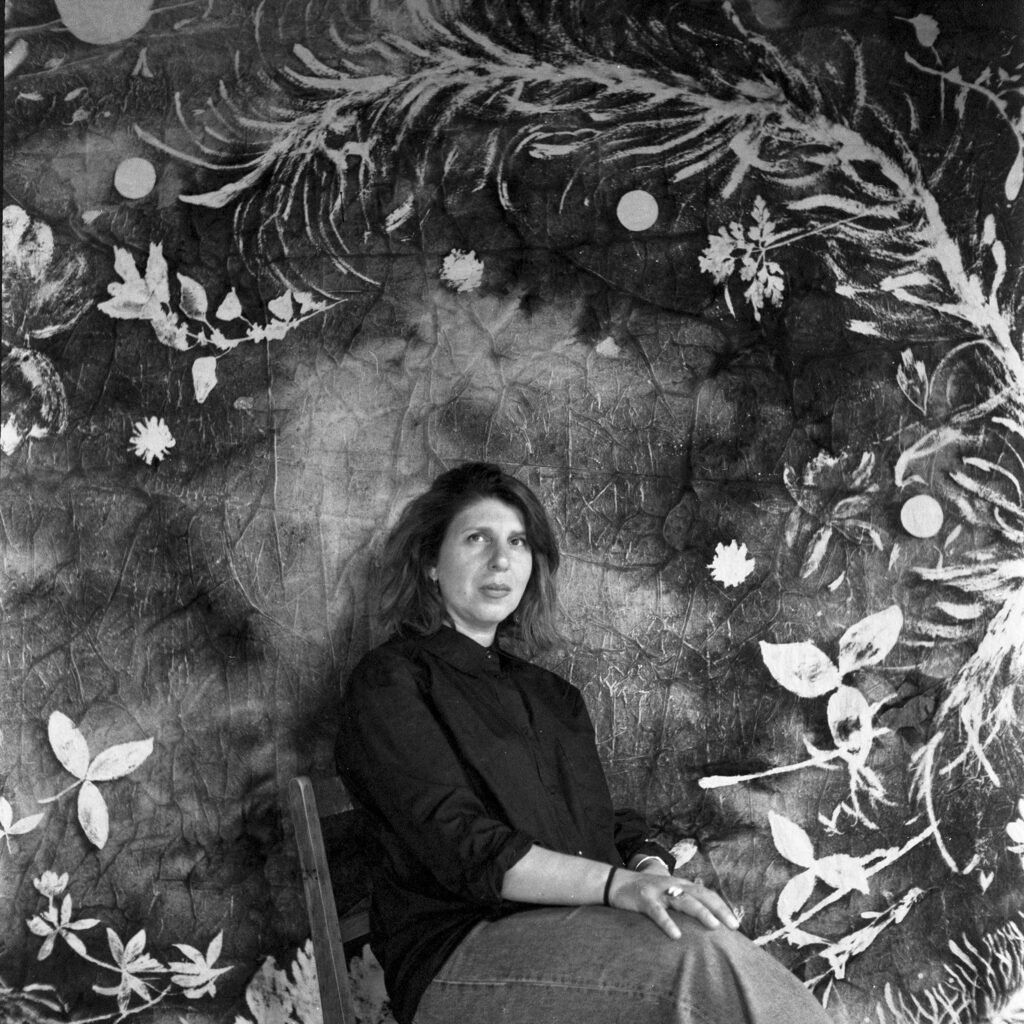Nazik Armenakyan was moved by the invisible reality of armenian women with HIV after being infected by their husbands and, even though she knew it was an almost impossible subject to photograph, she armed himself with her camera and portrayed some of them in her work “Red Black White”.
A work that has earned her recognition as a finalist in the twenty-sixth edition of the Luis Valtueña International Humanitarian Photography Prize, promoted by Médicos del Mundo.
The spotlight on the margins of Armenian society
The Armenian photographer, who from the beginning of her career has focused on people and groups living on the margins of Armenian society, recalls in conversation with Médecins du Monde that she heard about the situation of these women in 2014.
From then on, she began to think about how to visualise a reality that moved her. It was the first time,” she says, “that I was confronted with something impossible to photograph. It took me a long time to find a way to approach and present this subject so that it could be visually strong as well as safe, so that the women could not be identified”.
In the development of “Red, Black, White”, the photographer explains, “Real World, Real People” played a crucial role, providing her with help in both researching and establishing relationships with the women.
“They trusted me and helped me develop the project, providing me with accurate information and putting me in contact with the women,” she says.
The women are in an extremely difficult situation, knowing that they are infected with HIV. Many of them “have suicidal thoughts or even attempt suicide. It is a difficult situation for all young Armenian women,” says Armenakyan.
Not an easy road for Armenakyan
The road was not easy, admits the photographer, who spent a long time looking for ways to portray this story. “I tried many things, because I felt a huge responsibility that these women were not recognised… And there was a moment when I gave up… The women’s stories devastated me; I didn’t want to photograph. I am a visual artist and it is very important to me that the photographs tell the story,” she recalls.
She didn’t give up and it was at the end of 2019 that she got back on track.
“First of all, I realised that I needed a safe space. I rented a studio and an old medium format camera. I photographed on film and in limited frames. I decided to take pictures of women with their faces covered, but showing some open details, such as hands. I also used still lifes to reflect and weave their stories,” she explains.
Mercedes Bermejo





